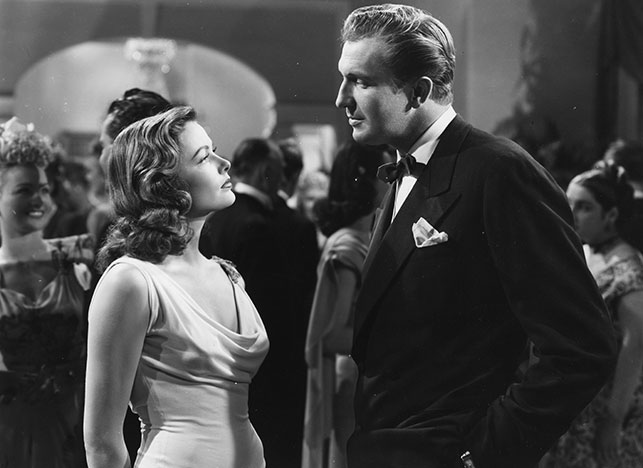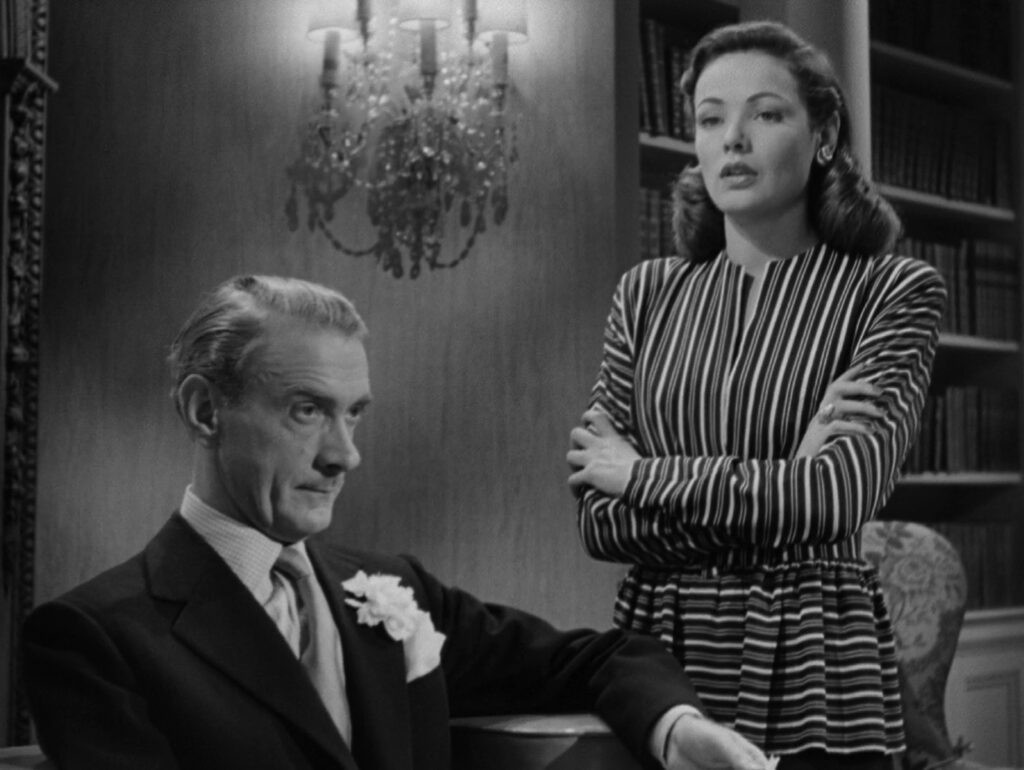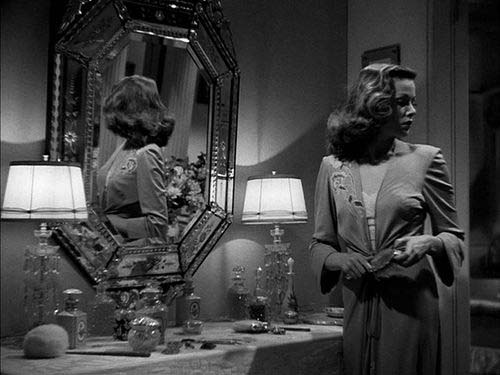
The name ‘Laura’ resonates across centuries, echoing from the laurel crowns of ancient Rome to the shimmering allure of one of Hollywood’s most iconic film noirs. It is a testament to enduring appeal, a synthesis of profound historical meaning and captivating cinematic storytelling. This exploration delves into the remarkable dual legacy of ‘Laura,’ uncovering the rich tapestry woven by its etymology and its indelible mark on the silver screen.
Indeed, ‘Laura’ is far more than just a name or a film; it is a cultural touchstone. Its presence permeates our collective consciousness, reminding us of triumph, beauty, and the intricate dance of human obsession. Join us as we journey through the fascinating origins of this classic name and dissect the cinematic masterpiece that bears its powerful title.

At the heart of ‘Laura’s’ cinematic triumph stands the 1944 American film noir, a masterpiece produced and directed by Otto Preminger. This cinematic jewel, brought to life by the screenplay from Jay Dratler, Samuel Hoffenstein, and Betty Reinhardt, draws its intricate narrative from Vera Caspary’s compelling 1943 novel, also titled ‘Laura.’ It is a film that has captivated audiences for decades with its taut suspense and unforgettable characters.
The film boasts a stellar cast, featuring the enigmatic Gene Tierney as Laura Hunt, the steadfast Dana Andrews as Detective Mark McPherson, the impeccably droll Clifton Webb as Waldo Lydecker, and the charismatic Vincent Price as Shelby Carpenter, alongside the formidable Judith Anderson. This ensemble brought a unique chemistry and depth to the intricate story, solidifying the film’s place in cinematic history. Joseph LaShelle’s cinematography, which earned an Academy Award for Best Black and White Cinematography, perfectly captured the film’s shadowy, atmospheric mood, complemented by Louis Loeffler’s precise editing and David Raksin’s haunting score.

The story unfolds in the sophisticated yet shadowy world of New York City, where Police Department Detective Mark McPherson investigates the perplexing murder of Laura Hunt, a young, beautiful, and highly successful advertising executive. Her apparent death, a shotgun blast to the face just inside her apartment doorway, sets off a complex chain of inquiries. McPherson’s investigation immediately leads him to Waldo Lydecker, a charismatic newspaper columnist, who recounts his mentorship of Laura, detailing how she became his platonic friend and steady companion, and how he leveraged his considerable fame to advance her career.
As the investigation deepens, McPherson also questions Shelby Carpenter, Laura’s parasitic playboy fiancé, who is financially supported by Laura’s wealthy socialite aunt, Ann Treadwell. Ann, despite her own affections for Shelby, surprisingly tolerates his infatuation with Laura, seemingly out of a pragmatic acceptance of his need for attention from a younger woman. Bessie Clary, Laura’s distraught and loyal housekeeper, also provides testimony to the detective, adding layers to the mystery.
Through intense study of Laura’s letters and diary, alongside the testimonies of her friends, Detective McPherson becomes increasingly obsessed with the deceased woman. This fascination grows to such an extent that Waldo Lydecker provocatively accuses him of falling in love with the dead woman, highlighting the psychological depth of the film. McPherson further uncovers Waldo’s deep-seated jealousy of Laura’s suitors, revealing how Lydecker wielded his newspaper column and influence to deter them.

The narrative takes a stunning turn when McPherson, having fallen asleep in Laura’s apartment before her captivating portrait, awakens to a woman entering with her own key. To his shock, it is Laura herself, alive. She discovers a dress in her closet belonging to one of her models, Diane Redfern, leading Mark to the startling conclusion that the body believed to be Laura’s was, in fact, Diane’s, lured there for a liaison by Shelby while Laura was away at her country residence. With Laura’s unexpected return, the urgency to unmask the true killer intensifies dramatically.
McPherson then taps Laura’s phone and follows her to a meeting with Shelby. Shelby subsequently drives to her country residence to retrieve a shotgun, raising immediate suspicion. When confronted, Shelby insists his silence was due to panic and claims the shotgun was for Laura’s protection; however, ballistics testing against Diane’s body proves it is not the murder weapon, further complicating the case.

At a celebratory party marking Laura’s return, Detective McPherson makes a bold move, arresting Laura for Diane’s murder. However, during questioning, he becomes convinced of her innocence and her true feelings for Shelby, realizing she does not love him. His suspicions pivot, leading him to Waldo’s apartment, where he notices a clock identical to one in Laura’s apartment, prompting a closer examination that reveals a secret compartment.
Returning to Laura’s apartment, McPherson finds Waldo already there, observing a palpable, growing bond between Laura and the detective. Waldo, visibly upset, insults Mark and is sent away by Laura, but he cunningly pauses on the stairwell just outside the apartment. Mark then examines Laura’s clock, discovering the shotgun that killed Diane hidden within its secret compartment, though he strategically leaves it in place. Laura is then confronted with the chilling truth: Waldo is the murderer.

In a pivotal moment, Mark and Laura share a kiss, after which he locks her into her apartment, sternly warning her to admit no one. Unbeknownst to them, Waldo, having slipped back into the apartment through the kitchen entrance, retrieves the shotgun. In a final, desperate act, he attempts to kill Laura, uttering the chilling words, “if he cannot have her, no one can.” Laura bravely deflects his shot and flees just as Mark arrives, leading to Waldo being shot down by Mark’s sergeant. As he dies, Waldo whispers, “Goodbye, Laura. Goodbye, my love,” cementing his obsessive devotion.
The journey of ‘Laura’ to the big screen was as dramatic as its plot. Director Otto Preminger first encountered Vera Caspary’s story through her agent, who offered him the first draft of a play titled ‘Ring Twice for Laura.’ Preminger was immediately drawn to the high-society setting and the intriguing plot twist, offering to collaborate with Caspary on a major revision. However, their creative visions diverged, leading Caspary to partner with writer George Sklar instead. Despite Marlene Dietrich’s interest in the title role, the absence of a major star prevented the play from securing funding for a national tour or a Broadway run, leading to its abandonment.

Undeterred, Caspary adapted the play into a novel with the same title and a sequel. These works were subsequently acquired by 20th Century Fox for a sum of $30,000, setting the stage for the film’s production. Initially, Fox announced George Sanders and Laird Cregar for the leading roles, indicating the early vision for the adaptation. William Goetz, serving as interim studio head while Darryl F. Zanuck was on military duty, assigned Preminger the crucial task of developing the books for the screen.
Preminger, recalling his earlier disagreements with Caspary, chose not to involve her in the initial screenwriting process, working instead with Jay Dratler, Samuel Hoffenstein, and Betty Reinhardt. During this phase, Preminger astutely recognized that Waldo Lydecker was arguably the more compelling character, prompting him to significantly expand Lydecker’s role in the script. However, Caspary expressed her unhappiness with these fundamental plot changes, highlighting the ongoing creative tensions behind the scenes.



